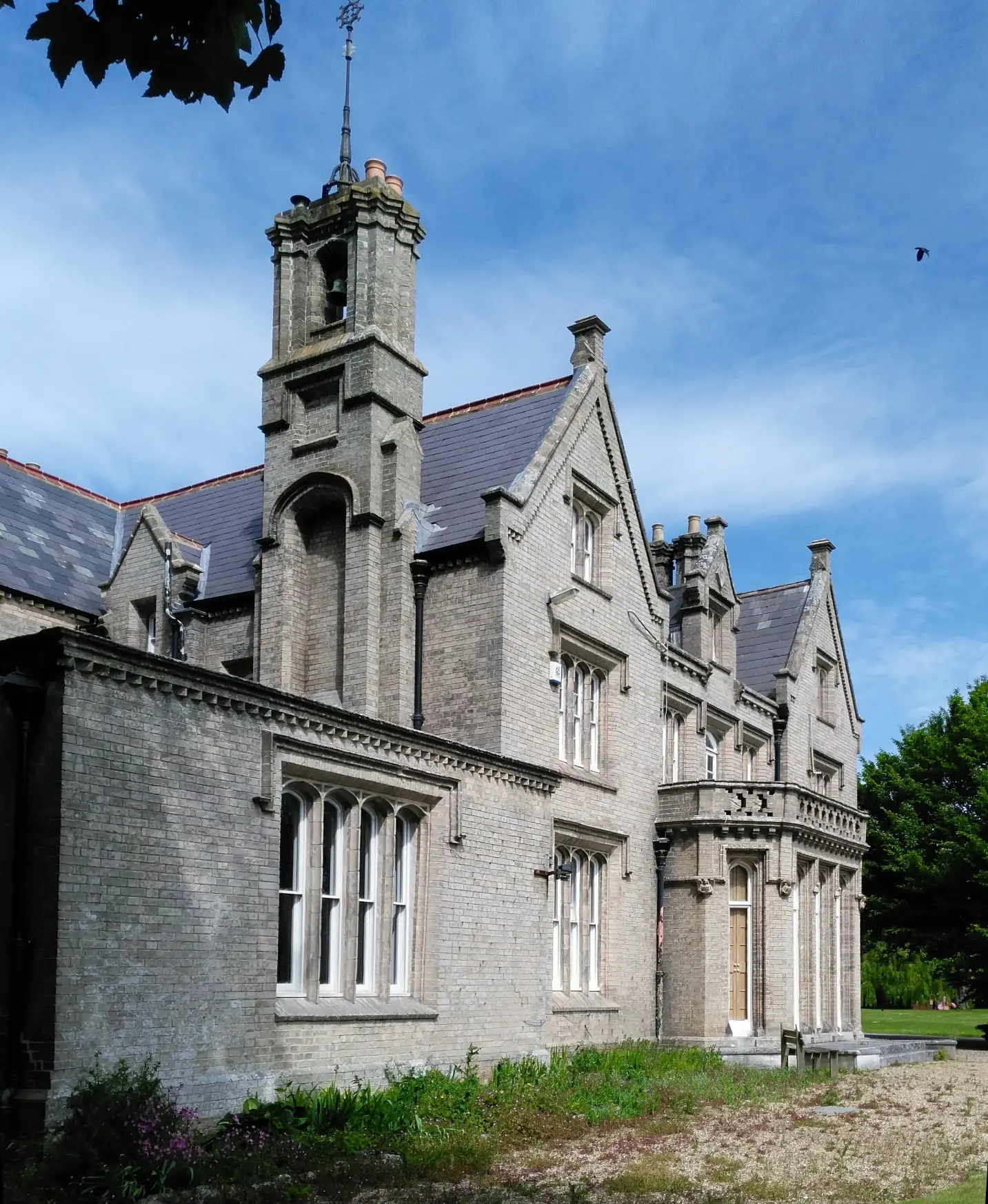The Tudor and Elizabethan periods of the 16th century left an indelible mark on English architecture, with many original buildings still standing today. However, the 19th century saw a revival of these styles, blending Tudor and Gothic elements in new and interesting ways.
16th century Tudor and Elizabethan architecture
List entry for an example of a original 16th century building
Ewhurst Manor in Shermanbury, Horsham exemplifies the evolution of Tudor architecture. This Grade II listed building features a 16th-century timber-framed structure with closely spaced vertical timbers and two cross wings. The manor also incorporates Elizabethan elements, showcasing the transition between these closely related styles.
Elizabethan architecture, prevalent from about 1560 to 1600, built upon Tudor foundations while introducing new characteristics. One notable feature was the E-shaped floor plan, though this wasn’t specifically designed to honour Queen Elizabeth I. The use of local materials, such as Horsham stone tiles for roofing, was common in these historic buildings.
The roof is covered in Horsham stone tiles, a distinctive local roofing material common in historic Sussex buildings. It is enclosed by a medieval moated site, which a Scheduled Monument and an archaeological site (Scheduled Monument 20007) and a stone gate house (Grade: I List Entry Number 298639).
The Heritage Gateway link provides further details
19th Century Tudor Revival
List entry for an example of a Tudor Revival
The Victorian’s were fascinated with historical styles, resulting in a picturesque and romantically-inspired country house design. The Victorian era saw a resurgence of interest in historical styles, including Tudor architecture. However, 19th-century Tudor Revival buildings often featured modern interior layouts behind Tudor-inspired facades. Wetheringsett Manor in Suffolk, designed by Samuel Sanders Teulon, is an excellent example of this revival style.
Key differences between original Tudor buildings and their 19th-century counterparts include:
- More ornate and exaggerated features in revival buildings
- Use of modern materials and construction techniques
- Combination with other Gothic Revival elements

Tudor Revival features often included steep roofs with decorative gables, elaborate grouped chimneys, and ornamental half-timbering that was often non-structural. Wetheringsett Manor showcases typical elements like 4-centre arches with hood moulds, battlemented gable porches, and coped gables with kneelers and finials.
While 16th-century buildings evolved from medieval layouts with great halls to more private, compartmentalized spaces, 19th-century revivals often maintained modern interior layouts behind their Tudor-inspired facades. Understanding these differences helps us appreciate both the original Tudor and Elizabethan architectural heritage and the creative interpretations of the Victorian era.


No Responses